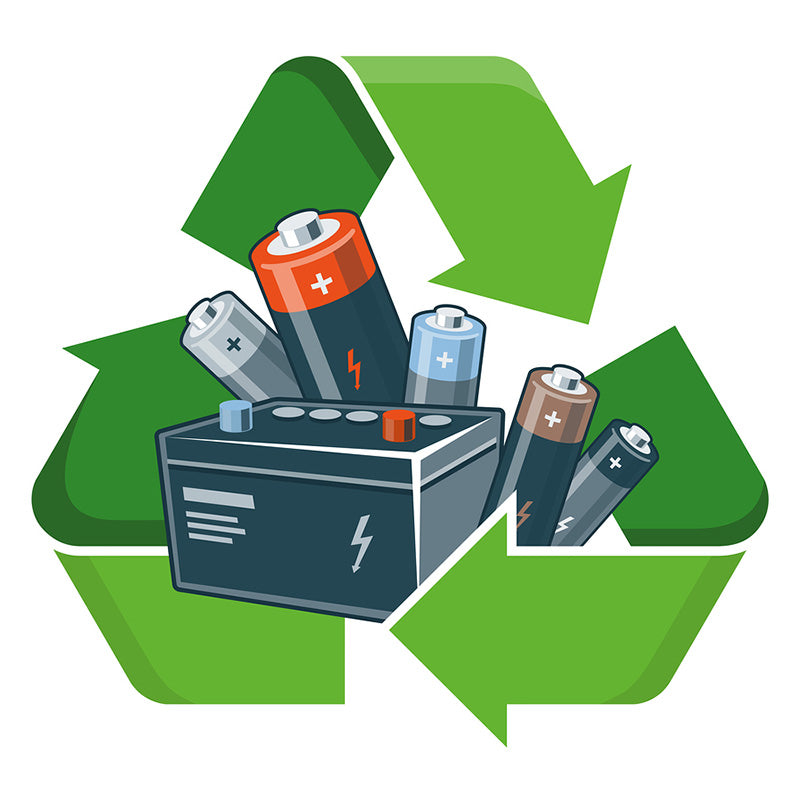
The general public's energy requirements for electronic products and the development of battery technology have created a great market demand, resulting in the current use of Jin-cadmium batteries, nickel-metal hydride batteries, and currently the best performing lithium-based batteries (lithium-ion and lithium-ion batteries). polymer battery).
In addition to the many advantages in performance, lithium batteries have a significant share of the battery market, so the impact on the environment is also recognized, so we need to take measures for battery disposal, and so far we are still developing many new battery disposal methods. The environmental impact of lithium-based batteries is mainly related to the following factors: heavy metals, conductive salts containing fluorine or arsenic (in some batteries), organic solvents, and the highly reactive alkali metal lithium.

Therefore, environmental and regulatory factors determine the future development of lithium storage batteries and lithium primary batteries. The waste lithium battery disposal is technically feasible. However, for some batteries containing precious compounds (such as some, the batteries contain small amounts of metal diamonds), the battery disposal and recycling is still not guaranteed to be profitable. But in any case, it must be ensured that the used accumulators and primary batteries remain reactive.
When lithium-ion batteries are approaching the end of life, more and more waste will be generated. At this time, battery disposal is very important. Due to the potentially hazardous nature of this type of waste, the battery disposal is more likely to injure people. In conclusion, due to the activity of lithium batteries, great care must be taken that the waste battery disposal.
A French company called Recupyl has developed a pilot system for battery processing, using hydrometallurgy that can be used at room temperature for the all battery disposal and recycling with lithium negative electrodes. This method will not pollute the environment during the battery treatment process, and can ensure that the waste is converted into useful resources to the greatest extent possible.
Hydrometallurgical battery disposal involves a series of metal extraction processes. The method first immerses the electrode in a solution (acidic or alkaline), and then performs a series of battery disposal processes such as leaching, electrolysis, and selective deposition. The hydrometallurgical battery disposal process generally includes the following sequence of operations:
1) Add the material scraps containing the chemical elements to be extracted into the solvent to make a solution.
2) Purify and concentrate the solution to be processed.
3) According to the different metal properties, the corresponding method is used to extract the metal material.

From a scientific and technical point of view, hydrometallurgical battery disposal is necessary for the treatment and recovery of heavy metals. Some professional companies (Citron, Valdi, SNAM) divide the battery disposal into small portions and place each portion in a small pool containing alkaline or salt, and then remove the lithium element by heat treatment in a cracking furnace. destroy.
Optimal design of battery disposal needs to take into account the appreciation of the recovered components, i.e. battery eco-design that includes battery manufacturers as well as chemical raw material suppliers in the recycling cycle. Unicore, for example, is a major supplier of cobalt-based materials (required for rechargeable lithium-ion batteries) and is today a global leader in precious metal recycling. They use their own unique technology to provide secondary battery material by recycling used mobile phones (including batteries and accessories), and today almost 100% of this material comes from them.
Read more: What is the battery application?